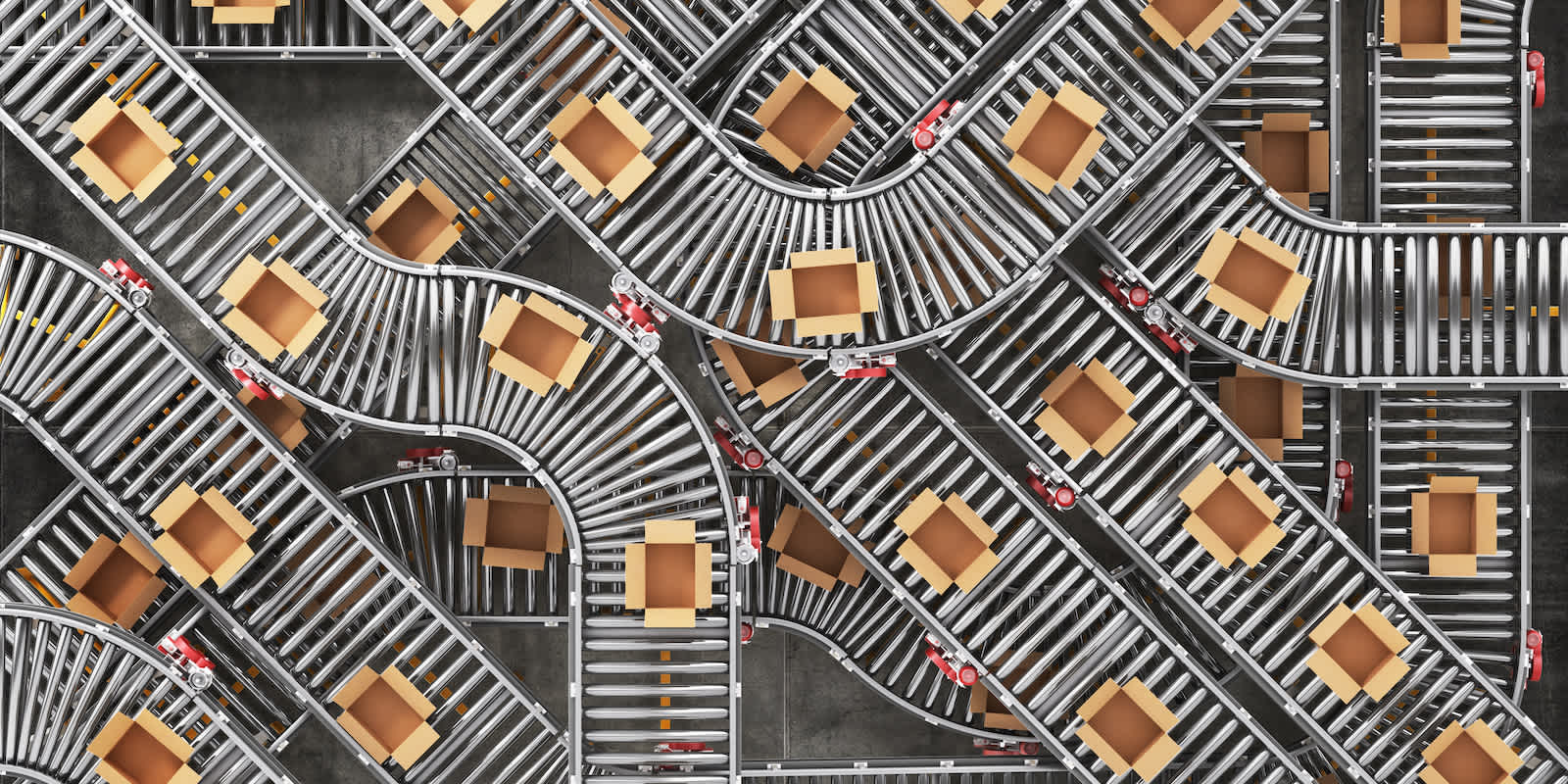
August 3, 2022
Savings Mode - Strategies for Lowering Total Landed Costs
There’s an old proverb that goes, “May you live in interesting times.” For those of us working in the supply chain industry, the past two years have been nothing if not interesting—and that doesn’t appear to be changing anytime soon.
Take this recent stat for example showing that overall inventory carrying costs rose by 25.9% in 2021, and transportation costs by 21.7% in the same period.
First, inventories dropped to historic lows which led to inconsistent product availability for online and in-person shoppers alike. Now brands are facing stock overages with limited warehouse space. Plus, with current inflation rates and predictions for an upcoming recession, it’s no surprise that businesses are taking a step back to reassess logistics operating costs, order management, and overall landed costs.
You Wear Many Hats. All Day. Every Day.
Working as a CEO/COO/VP of Logistics/CXO/Head of Recruiting doesn’t leave a lot of time for actual logistics planning. And since supply chains have only gotten more complex and expensive, it’s important to wear all your hats to find ways to cut costs. Brands often narrow their focus to freight rates, overlooking other ways to save:
- Can you improve customer satisfaction levels? Happy customers buy more and return fewer products. This also limits the cost of resources associated with processing those returns.
- Can you better optimize your inventory positioning based on customer location to minimize last-mile spend?
- If you have thousands of SKUs, do you know which are redundant or low-demand? To increase volume discounts with your manufacturer, you should look to reduce inventory repositioning costs and lower the risk of unsold products.
- Partner with a data-centric 3PL partner for increased data visibility (more on this below).
Increased Savings & Efficiency Via Data Visibility
End-to-end supply chain visibility is a key factor in lowering landed costs. Higher visibility enables insight into delivery times, the amount of warehouse space needed, the number of people and resources required, and more. Increased visibility lets you get ahead of risks and vulnerabilities, all while overcoming rising shipping costs.
Shopify recently released Edition for Summer ‘22—a collection of updates and product announcements including a Build for Shopify program that combines data from Flexport, Shopify, and Deliverr (a last-mile service provider acquired by Shopify). This gives ecommerce and retail brands unprecedented visibility into their goods in transit at every stage.
Bringing together freight, inventory, and last-mile data provides a single source of truth that’s easily searchable and accessible by all stakeholders. Doing this also limits the uncertainties that come along with logistics. Instead, the relevant data (and insights) are ready and waiting to help you make informed decisions.

Cargo Insurance: An Overlooked Risk
There are many unavoidable and unpredictable incidents in supply chains where cargo loss plays a big role. With larger container ships, longer transit times, unpredictable pandemic lockdowns, cyber threats, and political turmoil your goods are increasingly at risk. In Q4 of 2020 alone, two cargo ships experienced heavy weather and lost 1,900+ containers. In 2018-2019 there were 425 ship fires that led to cargo loss and damage.
The issue isn’t how often it happens, it’s the financial impact of that event. If an entire season of goods is in one shipment, the loss could be devastating for your business. If you don't have a flexible insurance plan, like the one Flexport offers, your only recourse is carrier liability which is generally very limited. Spending a few hundred dollars now can potentially save you tens of thousands should the worst happen.
Cutting Expenses is Good—But Are You Leaving Money on the Table?
As reported in SupplyChainDive, several brands are relying more on air freight in 2022 to stock up on high-demand SKUs, a strategic decision that’s more business-critical than cutting shipping costs. Instead, companies may benefit from selectively trimming expenses where possible, while refocusing capital where it can ensure long-term resilience and growth.
There are other areas of savings that can help. For example, Duty Drawback is a great way to reclaim money for your business.
This U.S. Customs program allows companies who export a portion of their sold products to receive huge refunds on tariffs.
Learn more about Duty Drawback in this video or read our recent blog.
“That inbound money from Duty Drawback is wonderful for investing in big strategic initiatives, inventory and insurance. Flexport provided a one-stop shop that made the process significantly easier."
- Aman Advani, CEO & Co-Founder, Ministry of Supply
Read the Ministry of Supply Customer Story to learn how they claimed $1M+ in Duty Drawback to supercharge business growth.__
By selectively streamlining your operations and cutting back where you can, you can reduce landed costs while still opening up new opportunities. Just make sure you have robust analytical tools, actionable insights, and real-time data to sustain efficient, lean operations.







